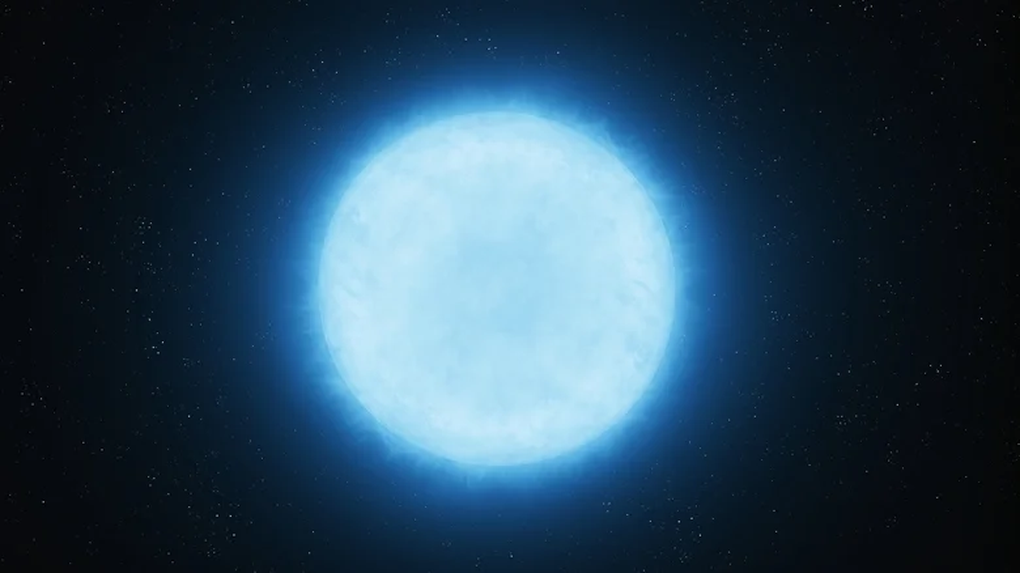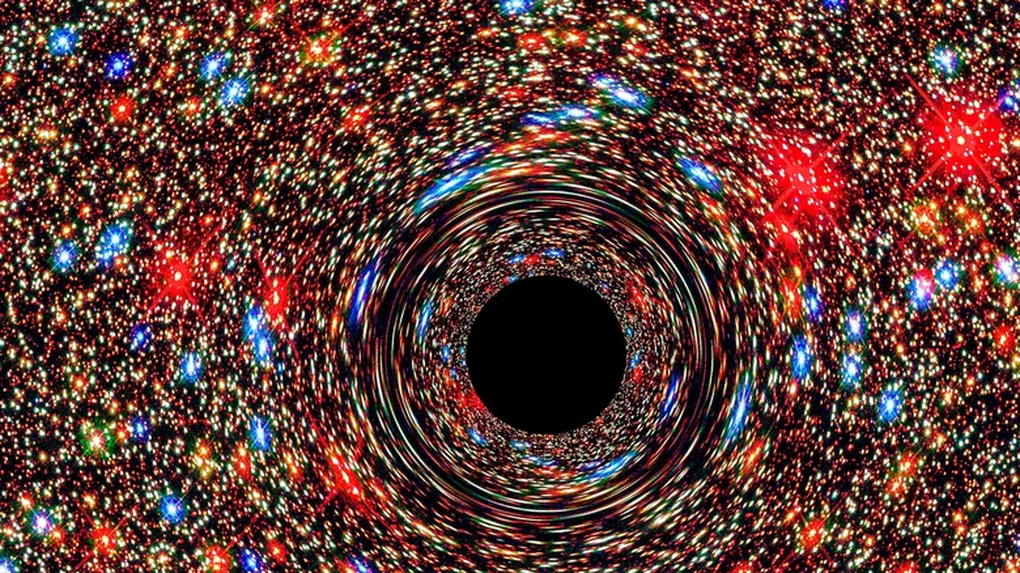
Simulation of a supermassive black hole (Illustration: Adobe).
At the center of most galaxies lurks a cosmic giant: a supermassive black hole. These mysterious objects, with masses millions to billions of times greater than our Sun, exert gravitational pull so strong that not even light can escape.
Black holes are so massive that they shape the galaxies around them. They influence star formation, galaxy evolution, and even the movements of entire star clusters.
Our Milky Way is no exception. At its center is Sagittarius A*, a supermassive black hole that weighs as much as four million suns. While these black holes are crucial to the existence of galaxies, we still don’t know for sure how they form.
However, a new study of the Pop III.1 model, led by theoretical astrophysicist Jonathan Tan at the University of Virginia, approaches this puzzling problem with a fresh perspective.
Professor Tan builds on decades of research to lay the foundations for a new theory that could explain how these giant cosmic bodies formed.
According to research by him and his colleagues, the collapse of the first generation of stars, also known as protostars, may have led to the formation of supermassive black holes.
Pop Model III.1

Stars formed from primordial hydrogen and helium are called Pop III stars (Illustration: Space).
In the early universe, long before galaxies and planets appeared, the first generation of stars was born. These stars, formed from primordial hydrogen and helium, were named Pop III stars by astrophysicists.
The Pop III.1 model, developed by Professor Jonathan Tan, describes stars that formed in environments unaffected by heavier elements. Without carbon, oxygen or heavy metals to regulate the cooling process, these first stars could have reached extremely high masses.
Imagine stars hundreds of times more massive than our Sun. Their enormous size gives them short lifespans, quickly collapsing to form the first black holes.
These primordial black holes, the remnants of Pop III stars, act as seeds for the growth of giant black holes. Eventually, they grow larger and become the supermassive black holes we now see at the centers of galaxies. Scientists have even discovered a supermassive black hole that weighs 36 billion times more than the Sun.
Pop III.1 stars also played a key role in shaping the early universe. Their powerful radiation ionized surrounding hydrogen gas, initiating the reionization of the universe.
This was a pivotal moment when the universe changed its structure and energy balance. The result was a sudden cosmic illumination, known as a “flash” in astronomical circles.
The dual influence of Pop III.1 stars makes them important in understanding the beginnings of cosmic structure.
Challenges and alternatives

The Pop III.1 model is still considered a scientifically accepted theory (Illustration: Space).
Besides explaining the formation of supermassive black holes, the Pop III.1 theory also addresses several major unsolved problems in cosmology.
These issues include the "Hubble tension", the dynamical dark energy debate, and also anomalies related to neutrino masses.
By linking the first stars and their black hole remnants to the large-scale evolution of the universe, Professor Tan's model offers a unique perspective that could help unravel many mysteries.
The Pop III.1 scenario is not the only idea, however. Other theories suggest that primordial black holes formed directly from density fluctuations in the first seconds after the Big Bang.
These black holes could be the seeds of supermassive black holes. Another approach points to the direct collapse of giant gas clouds that do not form stars.
Each theory proposes a different mechanism, all aimed at explaining the mysteries of the universe.
The Pop III.1 model's predictions of the ionization of the early universe are also challenged. Observational constraints on the cosmic microwave background, particularly the dynamical Sunyaev–Zeldovich effect, suggest that the amount and timing of reionization may be difficult to reconcile.
Nevertheless, the Pop III.1 model is still considered a compelling theory, continuing to fuel debate about how one of the universe's first structures formed.
Source: https://dantri.com.vn/khoa-hoc/ho-den-trong-vu-tru-hinh-thanh-nhu-the-nao-20250923030226135.htm



![[Photo] Cutting hills to make way for people to travel on route 14E that suffered landslides](https://vphoto.vietnam.vn/thumb/1200x675/vietnam/resource/IMAGE/2025/11/08/1762599969318_ndo_br_thiet-ke-chua-co-ten-2025-11-08t154639923-png.webp)




























![[Photo] "Ship graveyard" on Xuan Dai Bay](https://vphoto.vietnam.vn/thumb/1200x675/vietnam/resource/IMAGE/2025/11/08/1762577162805_ndo_br_tb5-jpg.webp)








![[Video] Hue Monuments reopen to welcome visitors](https://vphoto.vietnam.vn/thumb/402x226/vietnam/resource/IMAGE/2025/11/05/1762301089171_dung01-05-43-09still013-jpg.webp)





































































Comment (0)